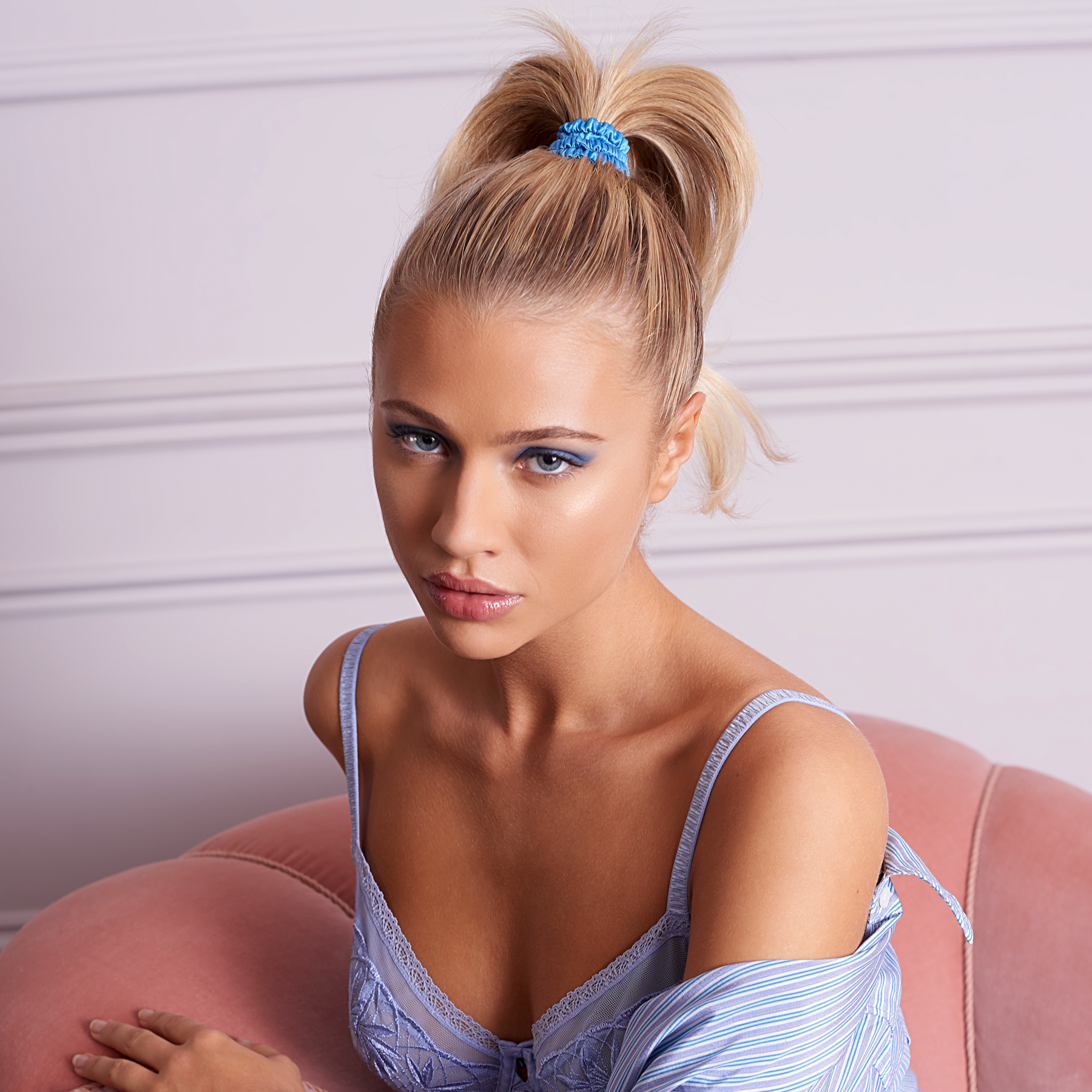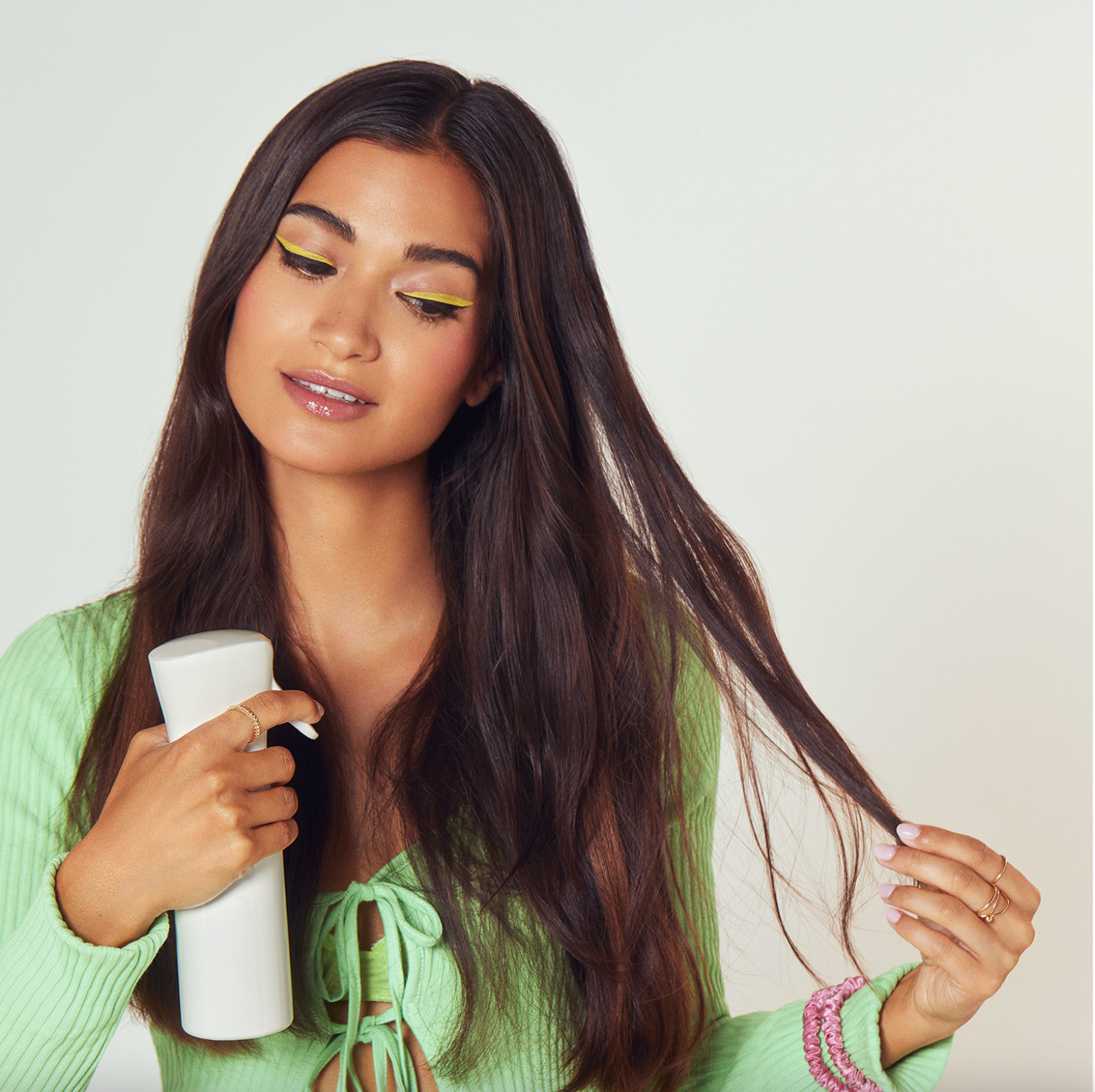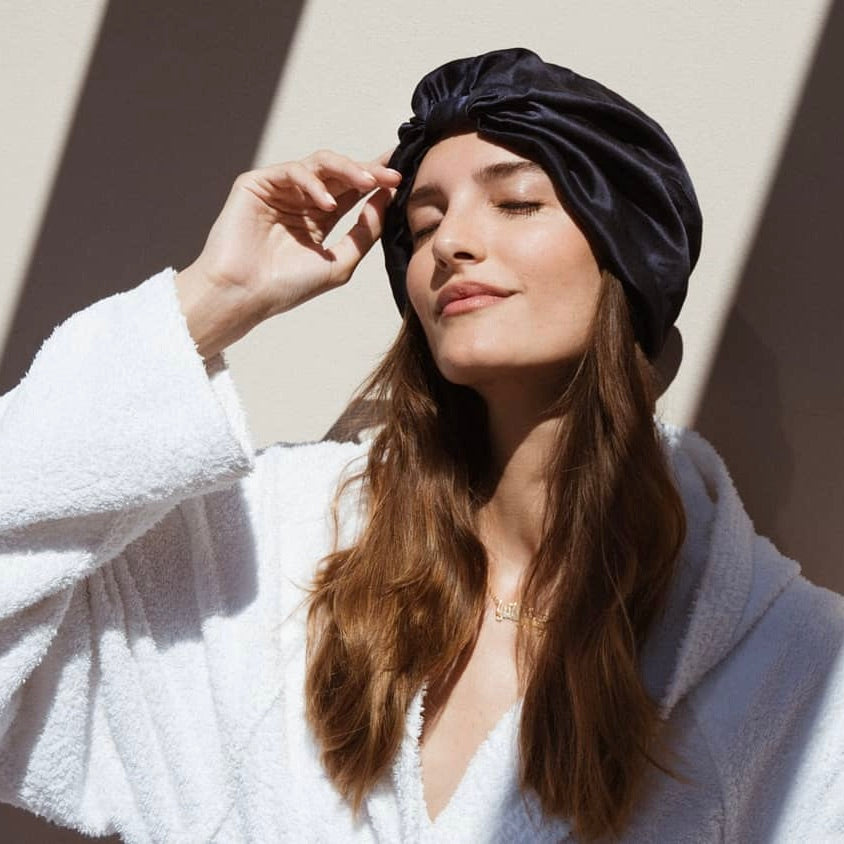
How To Repair Bleach Damaged Hair
Only 2% of the world's population can say they have natural blonde hair, so unfortunately for the rest, it’s all about the bleach.
The History of Blonde
Blonde hair is often seen as a western beauty standard, but hair bleaching dates as far back as ancient Roman times where they used a formula made from the ashes of burnt nuts and plants to lighten their hair.
Its grip on modern society's beauty standard supposedly started in 1931 with Howard Hughes’ movie, Platinum Blonde starring Jean Harlow. It was this iconic movie that reportedly popularised the platinum shade in the U.S. It’s said that they even ran a competition after the movie's success offering $10,000 to any hairdresser who could copy Harlow’s exact shade, even though Harlow herself never admitted to being a bottle blonde.
Over the years we’ve seen many bleached blonde beauty icons rise through the ranks, with Barbie being maybe the most notable of them all. Seeing as she’s having her modern-day revival following the blockbuster film, Barbie, in 2023, we can say with confidence that blonde is here to stay.

Going blonde (and staying that way)
Rest assured, going blonde isn’t a journey to embark on lightly. Any bottle blonde will tell you it can be a treacherous hike to the top (and stay on top) of blonde mountain, many never summiting to its platinum peak. Even with scientific, bond building revelations in bleaching with the launch of Olaplex in 2014, the process of lightening your hair is still a long way off being a ‘damage free’ process.
Our co-founder, Maria Sotiriou, a hairstylist with over 37 years of experience in the industry, explains how bleach actually affects the hair. She says:
“Bleach enters the hair and strips it of its natural colour. It does this by oxidizing the Melanin in the hair which is what gives the hair its natural colour pigment. Most bleach products contain hydrogen peroxide and persulfate salts, which under alkaline conditions created by ammonia or monoethanolamide can bleach the hair. Chemically bleach also breaks down key proteins within the hair called Keratin, which are integral to the hair’s internal structure and health, making this process very risky. This is why a professional colourist will never advise you to bleach your hair at home!”
Damage can occur throughout the process of bleaching due to many different factors. These factors should be some of the things to consider when deciding whether bleach is an option for you or not. Maria says: “The questions I would be asking are, “what is my starting base colour?” and “how many levels do I need to go through before I reach the shade I’m looking for”. If the gap between where you are now and where you want to be is quite large, you need to consider that it’s going to be a longer process made up of multiple sessions. That usually means multiple rounds of bleaching and many points where extreme damage may occur, especially when you’re repeating this process over and over on previously bleached, and therefore previously damaged, hair.
With any big colour change, until you start the process you never really know if the final goal is even possible; you have to also be ok with the fact that you may never get there! (Platinum peak isn’t for everyone.)
I would also ask “what’s the thickness and length of my hair” and “do I want to keep that, or am I willing to be flexible as the process evolves”. Not only does bleaching and lightning take longer on thicker and longer hair, but having a big hair cut to remove any damage during the process is also common. Hence why you don’t see a lot of platinum blondes with super long lengths walking around.

I would also think about what level of commitment you’re willing to endure when it comes to aftercare, treatments, and appointments; blondes really are more high maintenance.
Finally, I would think about the financial commitment, multiple rounds of bleaching as well as colour appointments every 6-8 weeks as long as you want to stay blonde afterwards is a big one! These are all things to be considered before you begin…”
If you’ve decided that ‘yes’, bleaching your hair is for you, there are plenty of things you can do for your hair pre-colour appointment that can help you through the process, keeping damage to a minimum. Maria says: “Before you begin the bleaching process you must be very clear about the history of every hair process and colour you have previously had. If you can relay this to your colourist in as much detail as possible, you’re going to give yourself the best chance of achieving the colour of your dreams. Bleaching often goes wrong when the client and colourist aren’t clear on the hair history, so help them out.
How can I prep my hair for bleach?
In the lead up to your bleach appointment try and make sure your hair is as hydrated as it can be. Doing hair masks, focusing on deep conditioning, and oil treatments, will really help.
Making sure to wear your SILKE London Hair Wrap nightly before you bleach will ensure your hair is well hydrated, and then post-bleaching it will make sure your hair is capturing and retaining all the natural moisture in the hair shaft, which is going to help keep those inevitable dry ends at bay.”
“One thing I love about the SILKE Hair Wrap is that it can make caring for your newly bleached hair quite low maintenance. We spend a third of our lives in bed, so why not make it count? Instead of investing all that time and money in treatments and products, be strict about donning your Hair Wrap as part of your nightly routine! Wearing a Hair Wrap nightly will allow your bleached hair to recover quickly as you’re eliminating friction against the abrasive fabrics of your pillow (infamous for draining all the moisture from your hair) whilst sleeping, lowering the risk of breakage.”

Unfortunately, in extreme cases, bleach damage is irreversible as bleach has the ability to melt away the hair, breaking down the internal bonds to the point that it stretches the hair until it falls away from the head. In these more extreme cases, you have to focus on repair and preservation.
How can I repair bleach-damaged hair?
How we do that is with regular deep conditioning treatments, wearing your Hair Wrap nightly, in-salon professional care, and zero heat. A heatless hair routine is ideal for all bleached hair, but it’s essential for those with extreme heat damage. Maria would recommend:
“Once the hair is damaged, which it will be in varying degrees following the bleaching process, it’s harder than ever to establish and stick to a heatless routine because when the hair is damaged it becomes its most unruly. Side effects of damage are all the things we use heat to combat such as frizz, flyaways, and unwanted changes in texture.
I would always recommend utilising our SILKE London Heatless Curler Kit if you’re wanting to convert to a lower heat, or a completely heatless routine, as it allows you to style and tame your hair without causing any damage at all.”
Post hair wash, whether you’re air drying or using a blow-dryer, bleached, porous or damaged hair types should aim for the hair to be 90-95% dry before twisting the hair around the Heatless Curler in the desired fashion. The general rule is, the smaller the sectioning, the tighter the curl. If you’d like softer, big bouncy curls, you opt for larger sections. In comparison a normal hair type would aim for their hair to be 85% dry before popping in the Heatless Curler.
What makes the SILKE Heatless Curler different from other heatless curler methods, is that it’s made from 100% mulberry silk. Whilst it’s in your hair working its magic, it’s allowing your hair to hold onto the moisturise it already possesses, allowing your lengths to actually benefit from a boost of hydration. Alternatively, a heatless method using an abrasive fabric tool such as socks, a dressing gown belt, or even a cheaper satin alternative, will actually suck that moisture straight out of the hair. Even though you’re achieving your goal of no heat, your hair isn’t maximizing on the time using the tool. Here at SILKE we always ask, why work hard when you can work smart? Especially when it comes to your hair care.
Show us your bleached hair transformations and routine over on Instagram and TikTok @silkelondon.
Love, SILKE xo



Leave a comment
This site is protected by hCaptcha and the hCaptcha Privacy Policy and Terms of Service apply.